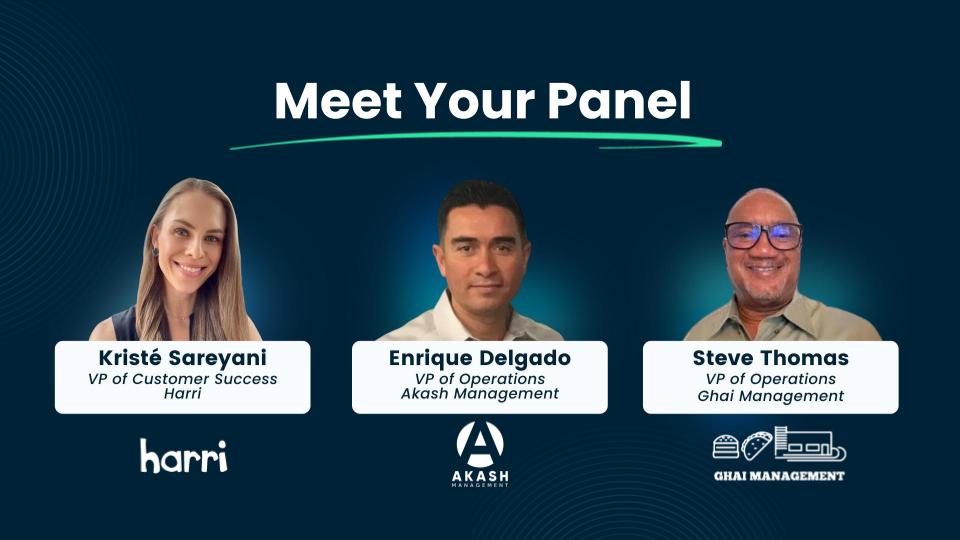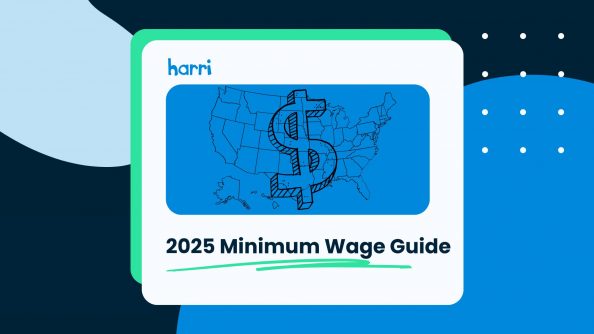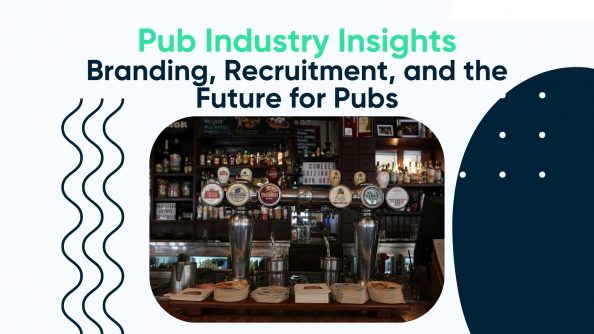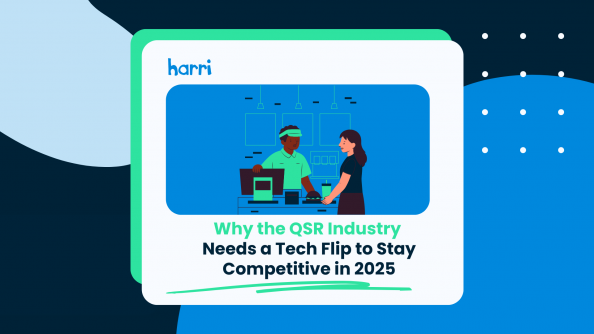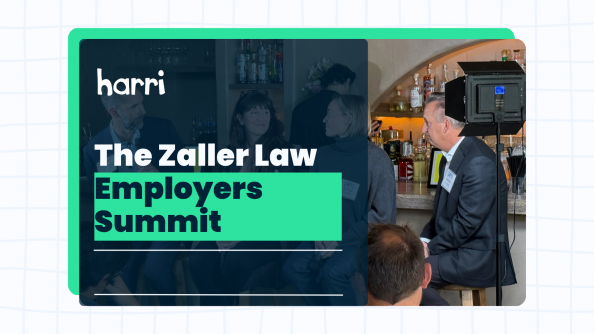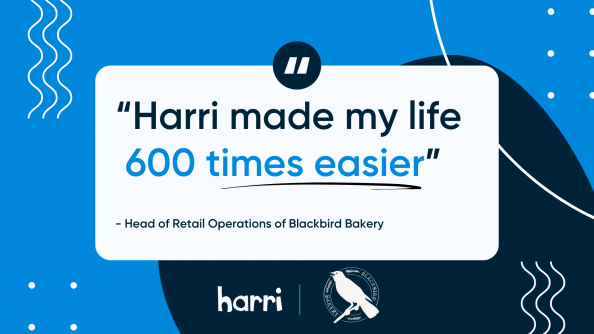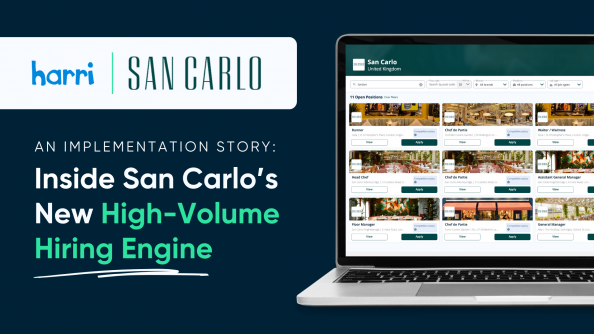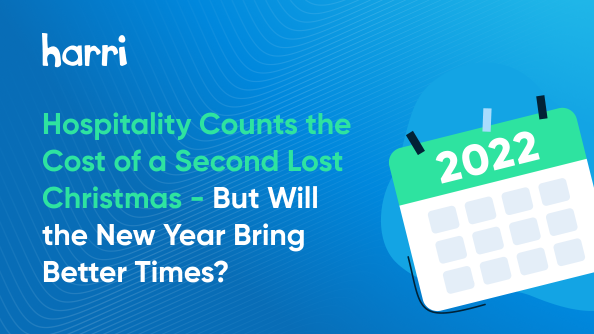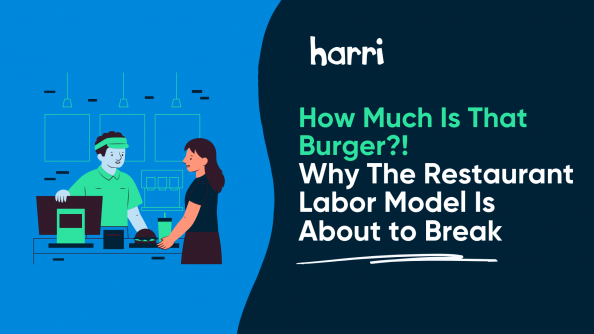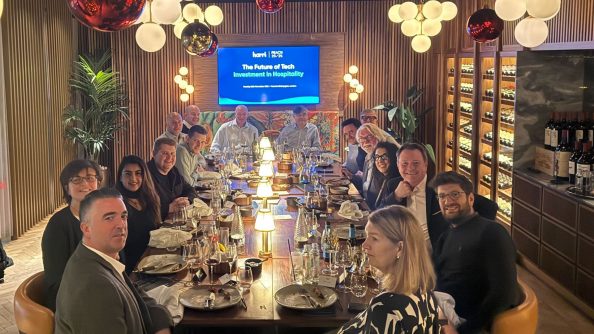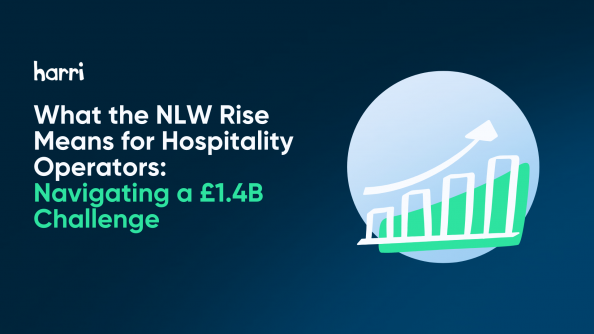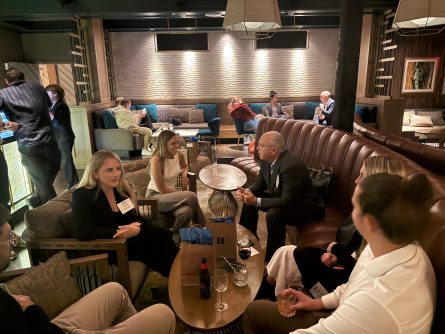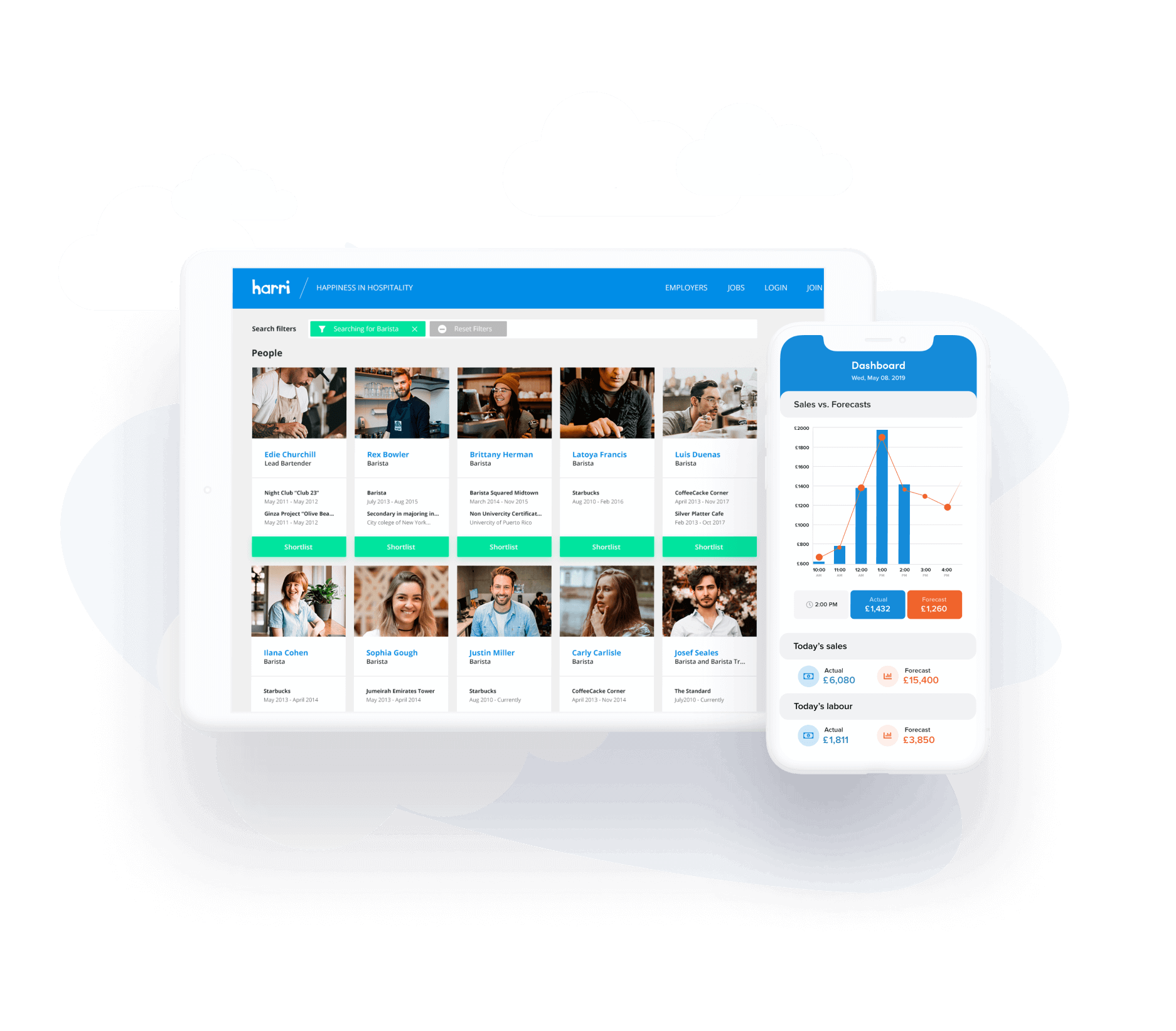Labor, Compliance & Profitability Insights From Top Restaurant MUMBOs
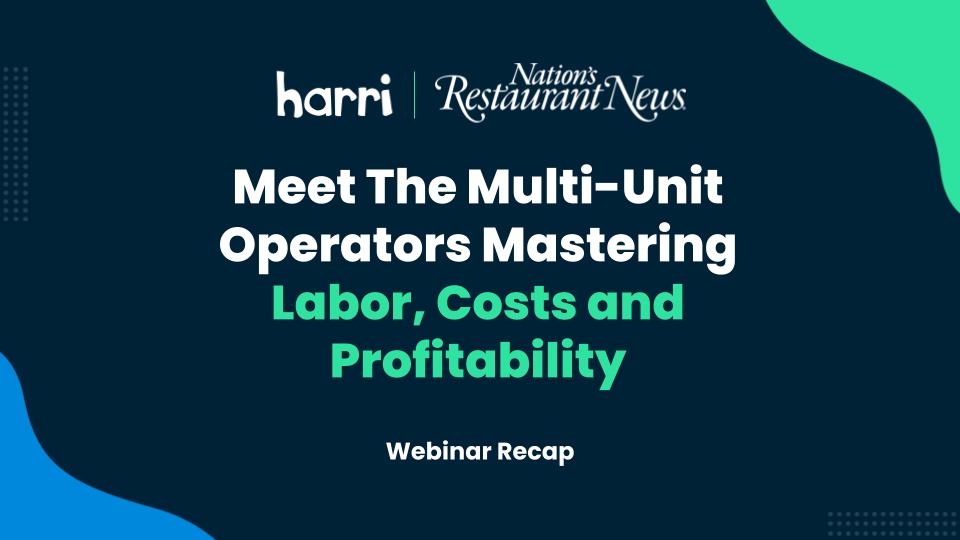
- By Harri Insider Team | May 1, 2025
A recap of insights from multi-unit restaurant leaders managing hundreds of locations across California.
Meet the MUMBOs
Our webinar featured two seasoned multi-unit, multi-brand operators (affectionately dubbed MUMBOs) responsible for managing labor, operations and compliance across sprawling restaurant portfolios.
- Enrique Delgado, VP of Operations at Akash Management: Manages 235 restaurants across five brands (Carl’s Jr, Wingstop, Jamba Juice, Arby’s and Pieology) in California.
- Steve Thomas, VP of Operations at Ghai Management: Oversees 210 restaurants primarily in California and Oregon, operating Burger King, Popeyes, and Taco Bell locations. His team was named North America Franchisee of the Year in 2023.
From Dozens to Hundreds: How Labor Management Evolves at Scale
Both operators emphasized that while core labor challenges remain the same regardless of size, the approach must evolve as you scale:
“When you have one, two, or three stores, you can kinda muscle those stores. But as you get to 10, 100, 200 restaurants, you need systems. You need to take advantage of the technology.”
Steve Thomas, VP of Operations at Ghai Management
Key scaling insights:
- Systems replace manual processes: As you scale, structural organization and technology become essential
- Analytics drive decisions: Both leaders rely heavily on data to manage across multiple brands
- Brand differences matter: Each brand requires different labor approaches (e.g., Popeyes focuses on dinner business, while some Taco Bells do more business during late night than daytime)
The Critical Foundation: Demand Forecasting
Both operators identified accurate forecasting as the absolute foundation of labor planning:
“If you don’t have a good forecast for your restaurants, you’re kinda flying in the wind.”
Steve Thomas, VP of Operations at Ghai Management
Forecasting evolution:
- AI-powered prediction: Both use advanced forecasting that analyzes historical data, weather patterns, and special events
- Daily vs. weekly planning: Enrique stressed the importance of day-by-day forecasting, noting Friday is significantly different from Monday
Beyond the numbers: Steve cautioned against focusing solely on percentages – ensure shifts are actually staffed properly, not just looking good on paper
California Compliance: Navigating America's Strictest Labor Market
Operating in California presents unique compliance challenges that both leaders have developed strategies to address:
Top compliance concerns:
- Break violations: Both use technology to monitor when breaks should occur and alert managers to potential issues
- $20 minimum wage impact: Forces greater focus on technology adoption and efficiency
- Predictive scheduling: Documentation requirements that add complexity to scheduling
- Overtime management: Both leaders moved from standard 10-hour shifts to 9-hour shifts to reduce overtime costs
Both are relying on Harri to proactively mitigate compliance risk, specifically using:
- Systems that flag potential violations before they occur
- Mobile scheduling tools that give employees easy access and swap capabilities
- Daily reports identifying missed breaks
- HR audits that measure and incentivize compliance
If you’re in California and are worried about staying compliant, we have just the guide for you. Download it here.
Surprising Labor Strategy: AI Drive-Thru Success
Steve shared impressive results from their AI drive-thru implementation:
“We’re running about 95% success rate on taking orders without any intervention. It has an upsell success rate of 65%.”
Steve Thomas, VP of Operations at Ghai Management
He described a night when a drive-thru cashier called out, but the AI system allowed the restaurant to operate without missing a beat – eliminating the need for that position.
AI impact on labor:
- Real labor savings: 4-5 hours per day reduction in labor needs
- Employee reallocation: Current strategy is reallocating that labor to other parts of the business
- Beyond order-taking: Also testing AI for interview pre-screening
Optimizing Digital Sales: Same Labor, Higher Revenue
Both operators emphasized third-party delivery and digital orders as a significant opportunity:
“Delivery is the future. The more delivery you have, I think it’s beneficial to your labor.”
Enrique Delgado, VP of Operations at Akash Management
“Digital sales have seen a 20% growth for us year over year. That’s the same labor already in my restaurant.”
Steve Thomas, VP of Operations at Ghai Management
Digital advantages:
- Orders come directly to screens without cashier interaction
- Enables serving more customers without adding labor
- Creates sales growth without corresponding labor increases
- Customers tend to spend more when ordering via kiosk
The Biggest Mistakes Operators Make
When asked about common labor mistakes, both leaders offered candid insights:
Steve’s warning: Don’t try to offset labor costs with massive menu price increases.
“I’ve seen people make mistakes by increasing pricing 25%. They said, ‘minimum wage went up 25%, so I’m gonna make my pricing 25% higher.’ That led to a drop-off in traffic.”
His recommendation: Implement smaller increases (1-3%) multiple times throughout the year rather than shocking customers with a large jump.
Enrique’s advice: Never shortcut your forecasting.
“Take the time to do a forecast daily. While people do the forecast for the week, you don’t get the same result. Every day is different. Friday is busier than Monday.”

Final Thought: Balance is Everything
Throughout the discussion, both operators emphasized the delicate balance required in restaurant labor management:
“It’s the balance of making sure that you’re not running shorthanded that affects your customer and at the same time, not running over because now you’re affecting your bottom line.” – Enrique Delgado
The goal isn’t simply cutting labor – it’s optimizing it to serve customers efficiently while maintaining profitability in an increasingly challenging operating environment.

